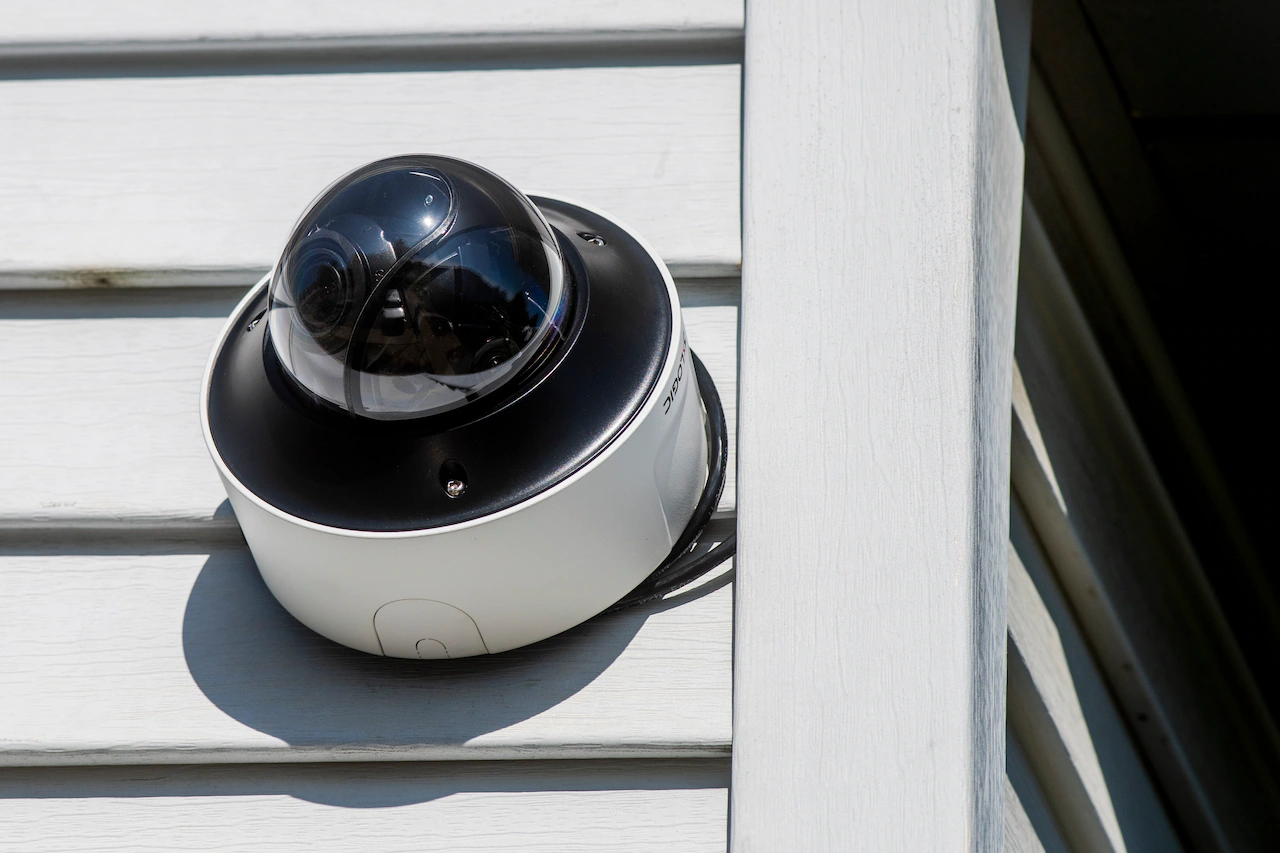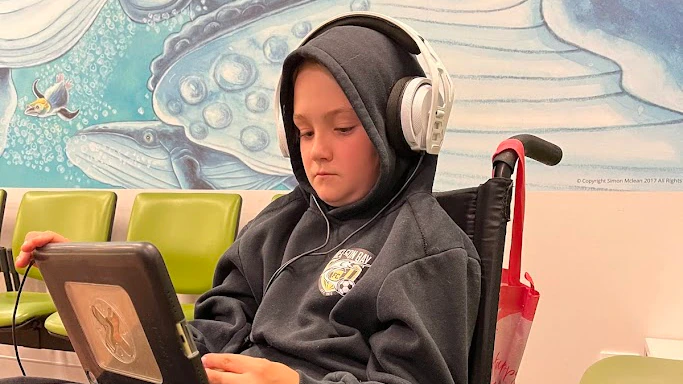
KENT COUNTY, MI – The Kent County Sheriff’s Office is working on a new program that will tap into surveillance cameras of participating businesses, schools and institutions to provide police with real-time video footage.
The new program, called Connect Kent County, will allow law enforcement agencies across the county to work smarter and solve crimes more quickly and effectively, said Kent County Sheriff’s Capt. Joel Roon.
Participants can volunteer to link their existing security cameras to the network. The program is voluntary, and participants can opt out at any time, Roon said.
Kent County Board Chair Ben Greene announced the initiative during a State of the County address Tuesday, Sept. 23, where leaders highlighted investments made by the county over the last year.
Roon said the sheriff’s office will be launching a website in the coming months where the public can learn more about the program and link their cameras.
Here’s how it works: Businesses, institutions and schools will be able to register their existing surveillance cameras with the sheriff’s office, allowing police to tap into the security camera feeds at any time.
Those feeds will be uploaded to a real time intelligence center housed at the sheriff’s office, where investigators can use the camera footage alongside license plate readers, live data monitoring and multi-jurisdictional mapping to send accurate, useful information to officers being dispatched to a situation.
This creates a real-time, countywide network of video feeds that police can use to help track suspects or gather more information from the scene of a crime, Roon explained.
For example, if police are searching for the suspect vehicle in an armed robbery, they can use license plate detection systems to survey real-time video feeds of area businesses and see which direction the suspect vehicle is traveling in.
The sheriff’s office will be able to tap into the camera feeds at any time, Roon said. There will be no cost to businesses – the sheriff’s office will install a piece of hardware on their cameras that will upload their video streams onto a secure cloud.
Roon acknowledged that there could be concerns from the community about “Big Brother-like” surveillance over the public. However, he noted police will be completely transparent about its use, maintaining audit reports logging every time an officer views those feeds.
A participating business owner will be able to ask the sheriff’s office how many times police “tapped into” its cameras, and deputies will be able to share the exact times and durations of when the sheriff’s office viewed those feeds, Roon said.
“‘Big Brother’ is the type of thing that operates in the shadows, it operates in the dark of night,” Roon said. “Real-time intelligence operations in the light of day, in perfect partnership with the community.”
The real time intelligence center will only have the ability to tap into the cameras of businesses and institutions. However, there are ways residents can volunteer their personal surveillance footage if they want to assist in investigations, Roon said.
The sheriff’s office will create a separate but related “camera registry” where residents can register their home cameras for police use. However, police will not have live access to those cameras; instead, in the event of a nearby incident, police can send an alert to registered residents in their area asked them to check their footage and upload anything relevant via a provided link.
Essentially, it will be a way for officers to “virtually canvas” an area rather than having to send officers out to knock on doors for the same information, Roon explained.
“Throwing bodies at a problem was the old way … and we have moved into a time where throwing bodies at a problem is very expensive, and it’s just no longer a viable solution,” he said. “We need to learn how to work smarter.”
Other cities with similar programs in place include Orlando, Florida and Gary, Indiana, Roon said.
The program is expected to launch by the end of the year.



